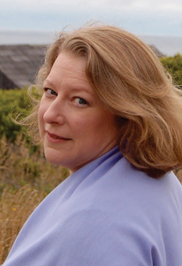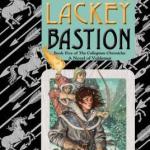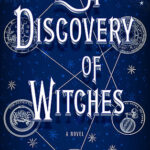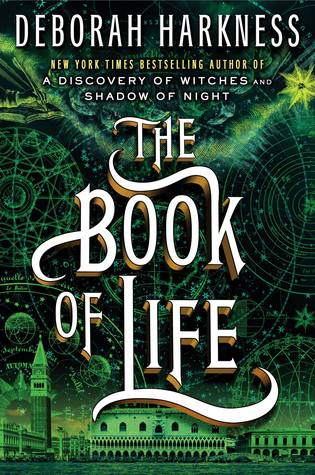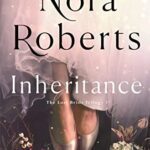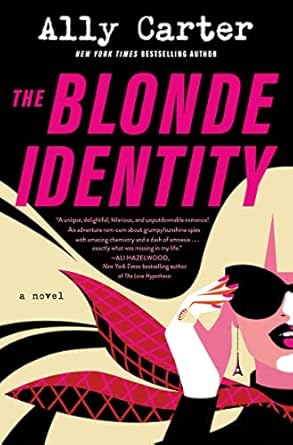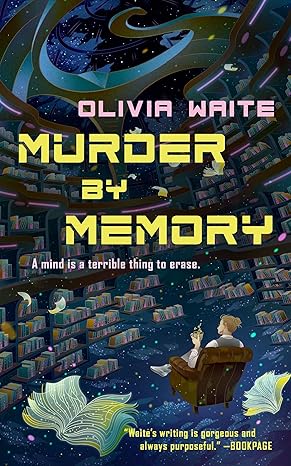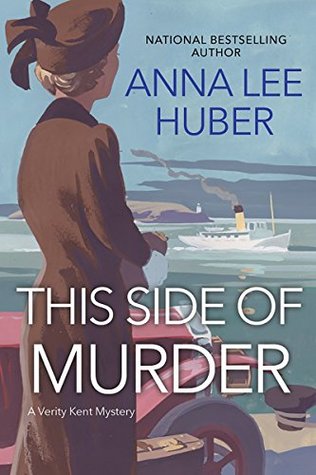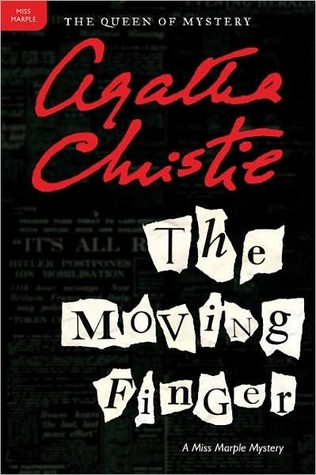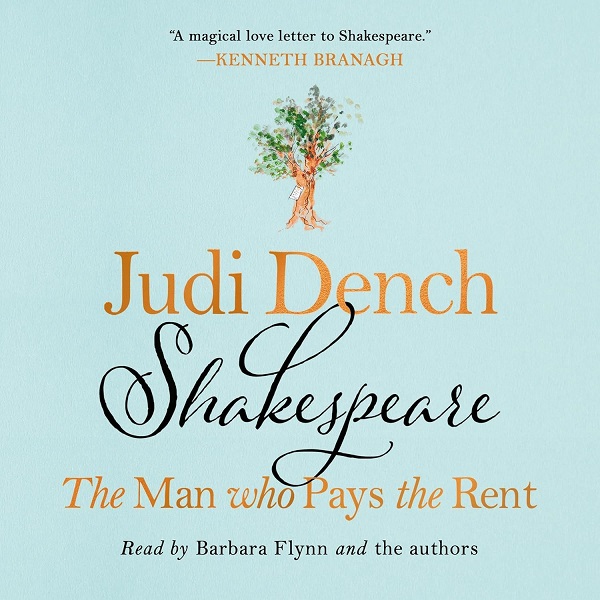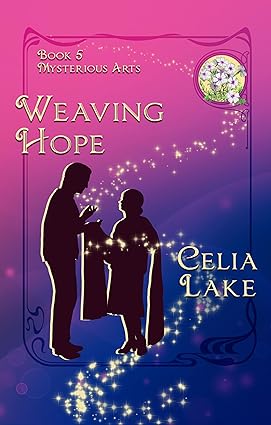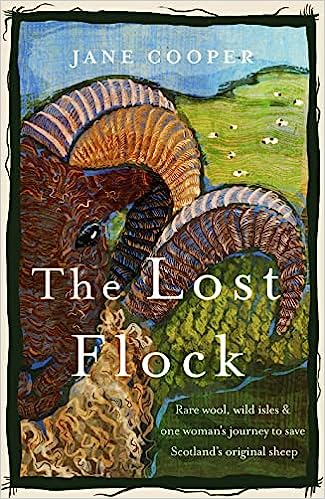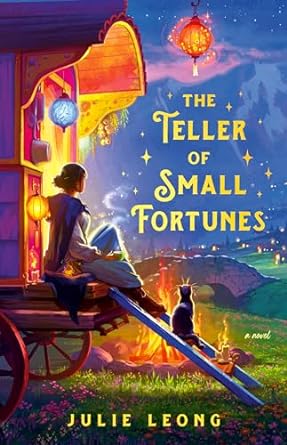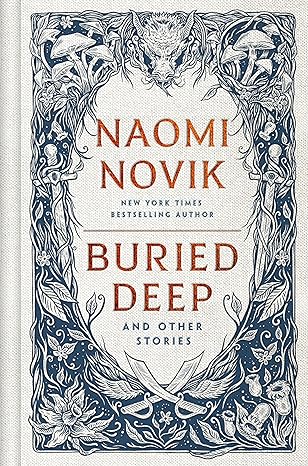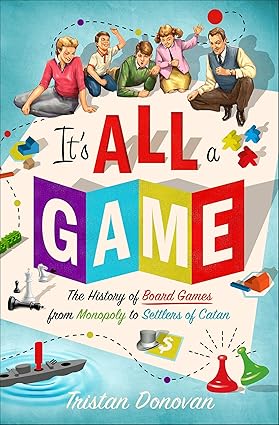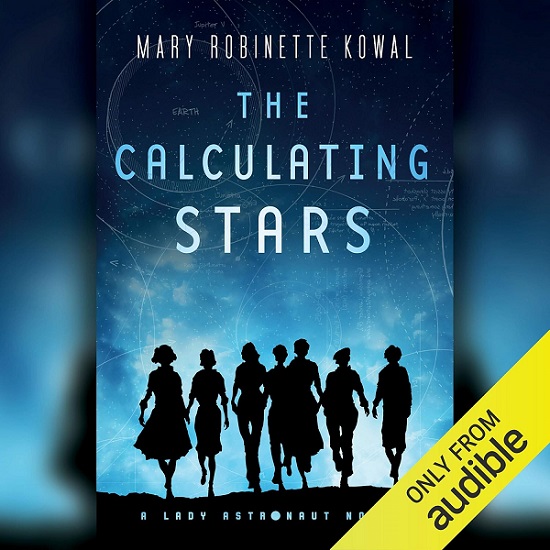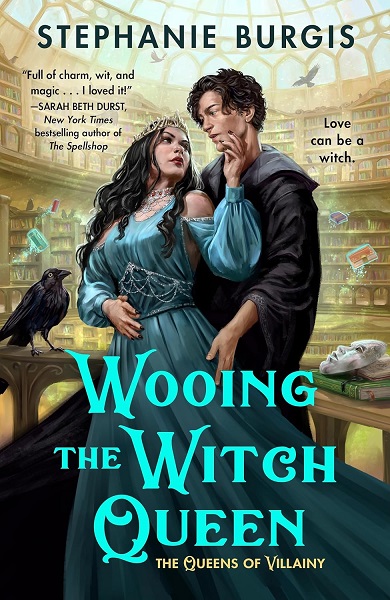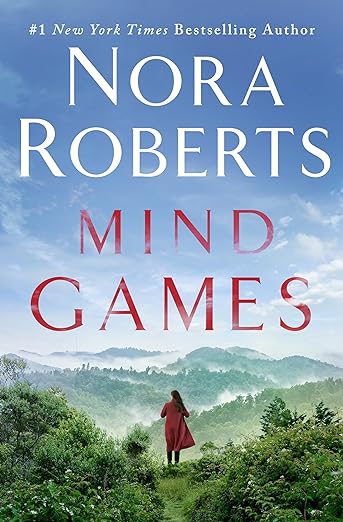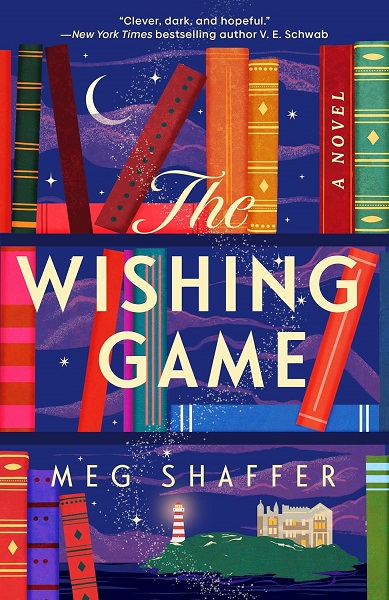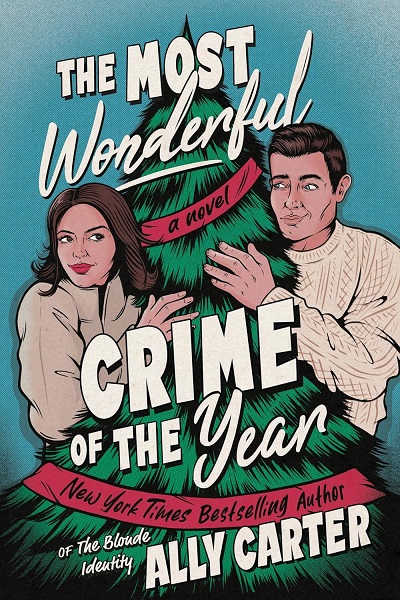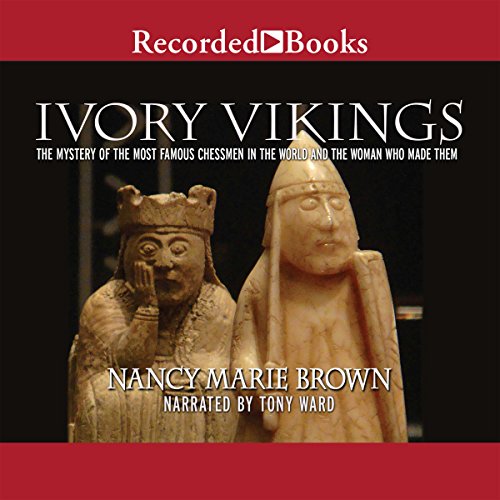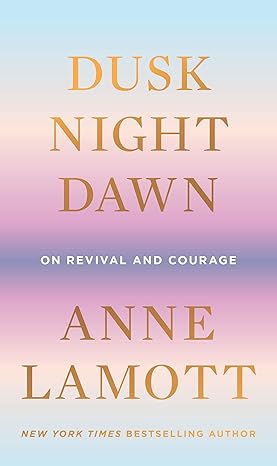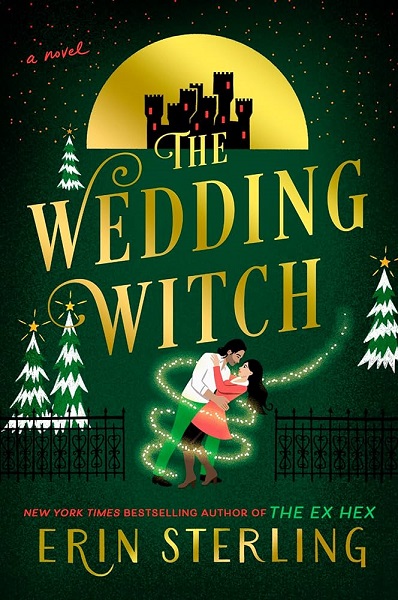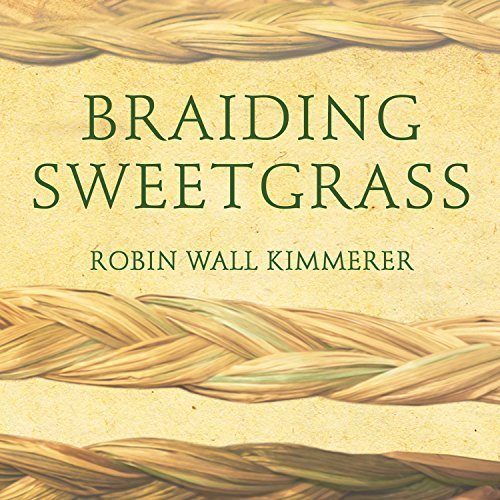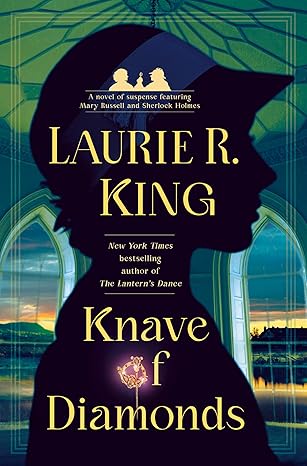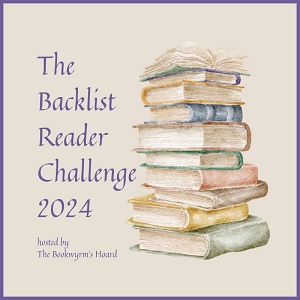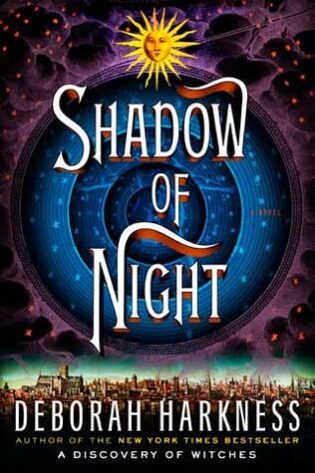 Shadow of Night Series: All Souls trilogy #2
Shadow of Night Series: All Souls trilogy #2 on July 10, 2012
Pages: 584
Add to Goodreads

Also in this series: A Discovery of Witches, The Book of Life
IT BEGAN WITH A DISCOVERY OF WITCHES.
Historian Diana Bishop, descended from a line of powerful witches, and long-lived vampire Matthew Clairmont have broken the laws dividing creatures. When Diana discovered a significant alchemical manuscript in the Bodleian Library, she sparked a struggle in which she became bound to Matthew. Now the fragile coexistence of witches, daemons, vampires and humans is dangerously threatened.
Seeking safety, Diana and Matthew travel back in time to London, 1590. But they soon realize that the past may not provide a haven. Reclaiming his former identity as poet and spy for Queen Elizabeth, the vampire falls back in with a group of radicals known as the School of Night. Many are unruly daemons, the creative minds of the age, including playwright Christopher Marlowe and mathematician Thomas Harriot.
Together Matthew and Diana scour Tudor London for the elusive manuscript Ashmole 782, and search for the witch who will teach Diana how to control her remarkable powers...
Review
Harkness’s second novel plunges in where A Discovery of Witches left off, with Diana and Matthew’s arrival in late 16th-century England. It’s a rich, dark tapestry of a novel, with threads of gold gleaming amid blacks, deep reds, and midnight blues.
It’s also a historical fiction lover’s dream come true. Harkness is a historian by passion as well as profession; she brings the Elizabethan era to life in all its glory and squalor, vividly evoking the sights, sounds, smells, and tastes of Renaissance London, France, and Prague. With Diana, we meet many of the artistic, scientific, and political luminaries of the age, from Christopher Marlowe, Sir Walter Raleigh, and Mary Sidney, Countess of Pembroke to Rudolf II, the Holy Roman Emperor, and Queen Elizabeth herself. Even Shakespeare is mentioned. Matthew’s father Philippe plays an important role, as does Diana’s father, Stephen Proctor. (The author provides a useful list of Libri Personae at the back of the book, indicating which characters are historical figures.)
Secrets are piled upon secrets in this novel, some revealed and some remaining hidden. Political intrigue and Diana and Matthew’s search for a missing alchemical manuscript are inextricably woven together with the mysteries of Matthew’s past, Diana’s urgent need for magical training, and the evolving relationship between husband and wife, vampire and witch. Danger surrounds the couple everywhere: the powerful Congregation, witch hunts, royal caprice, and an unrequited love each carry the potential for destruction. Even Diana and Matthew’s marriage puts their lives at risk, while their love itself is threatened by Matthew’s secrets and Diana’s headstrong nature.
Chapters set in the present day interrupt the narrative at odd intervals, illuminating the relationship between past and present. Here we catch glimpses of what Gerbert, Peter Knox, Marcus, Ysabeau, Sarah, and Em are doing while Matthew and Diana are in the past. Harkness handles the paradoxes of time travel with deft creativity, coming up with a neat solution to the dilemma of being present twice within the same era.
Alchemy and alchemical imagery remain a major theme throughout Shadow of Night, as they were in A Discovery of Witches. Diana and Matthew learn more about Ashmole 782, the mysterious alchemical manuscript at the heart of the trilogy, yet clearly there is far more to be revealed in the third volume of the trilogy. Our understanding of witches and vampires is extended, yet once again, one has the sense that there is much left to discover.
Readers should not expect an action-packed thrill ride. While Shadow of Night is not lacking in either danger or suspense, let alone action, it’s not a fast-paced book. Instead, it’s a dense, intricately woven and beautifully crafted novel, a worthy successor to A Discovery of Witches.

